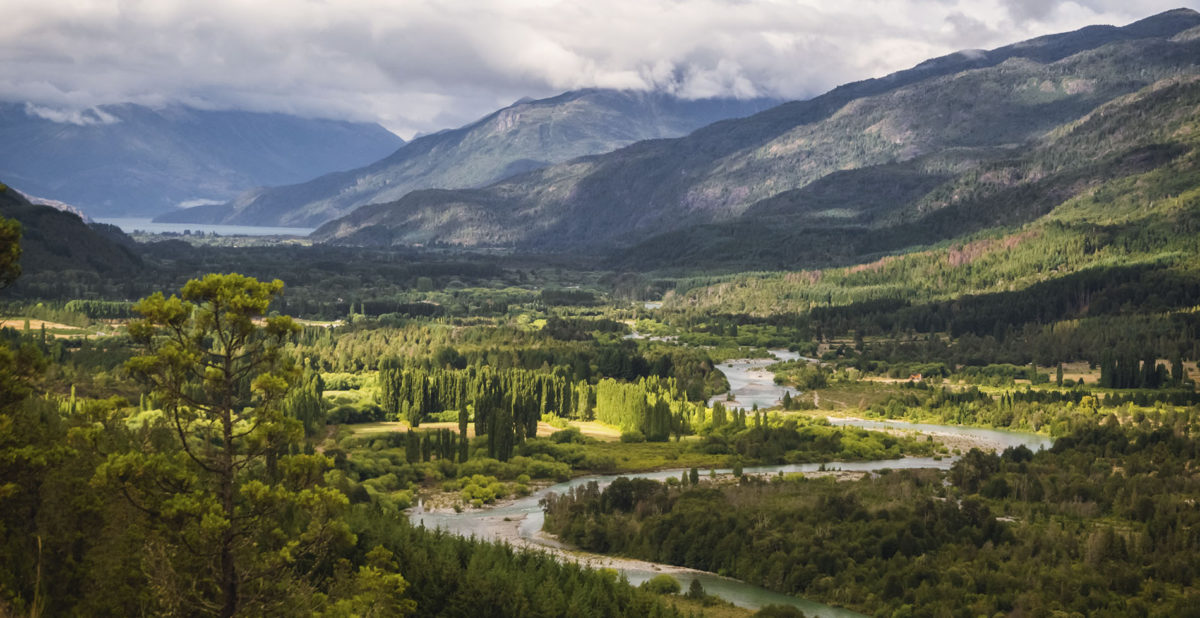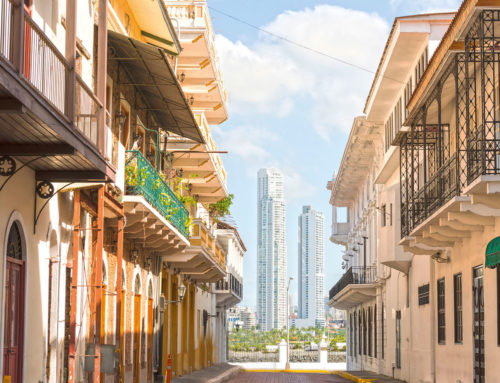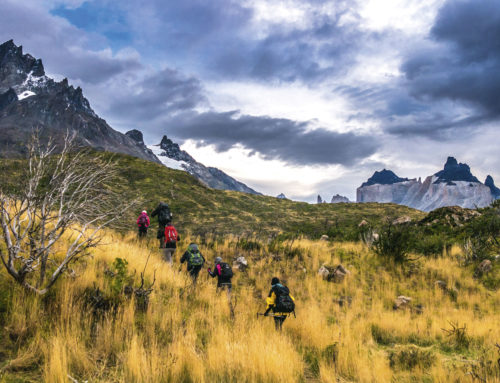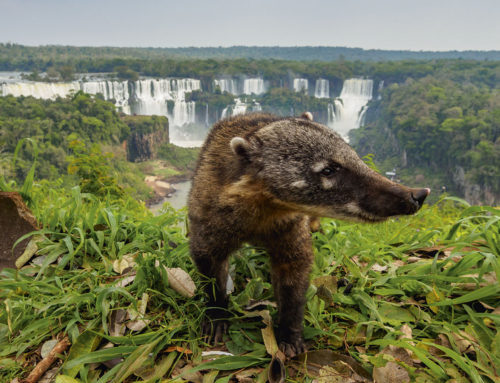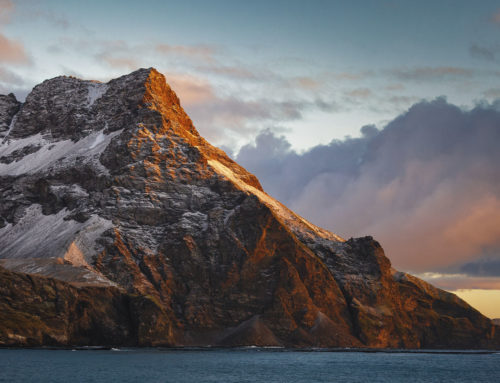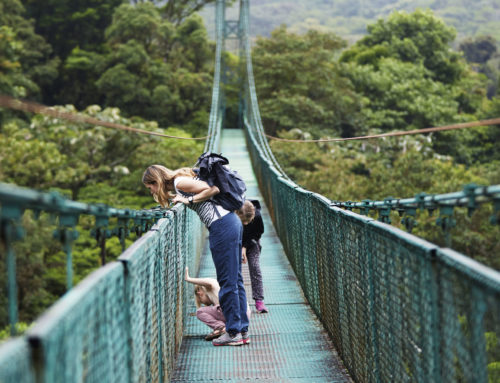Where: The Argentinian wilderness
Why: Head south from Buenos Aires, Argentina’s capital, and the southern wilds of Patagonia await. Venture north and there’s a spread of treasures ranging from arid Puna’s volcanic desertscapes and the thundering Iguazú Falls to the world famous wine country of Mendoza and Cafayete. To this enviable list of northern enticements add the Iberá Wetlands, a haven for wildlife photographers and nature lovers.
Top trends
Having spent long in the shadow of Brazil’s larger and better known Pantanal, Iberá’s star has been steadily rising, its praises sung by operators such as Abercrombie & Kent. And with the Argentinian Government’s decision to roll the area into a new Iberá National Park last December, with a view to attracting 100,000 annual visitors within 10 years, it’s finally arrived. What’s more, thanks to the recent surge in low-cost domestic flight routes from carriers such as Flybondi and Norwegian Air Argentina, the country’s northern regions such as Iberá have never been so accessible.
All about
The Iberá Wetlands, or Esteros de Iberá, are the world’s second largest wetlands and one of Argentina’s prime wildlife viewing areas. Find animals such as capybara and caiman to giant otters and black howler monkeys. Reachable by road from destinations such as Iguazú Falls and served by Posadas airport, the area also features a good range of accommodation, from budget options to standout charmers such as Aguapé Lodge and the four-suite Rancho de los Esteros. Local excursion options range from boat trips to hikes and horse rides amid the wildlife.
Pair it up
A stay in Iberá makes a great inclusion on a tour of Argentina and Brazil, or simply an exploration of northern Argentina taking in some of the following. Starting in Buenos Aires clients should allow a few days to enjoy its alluring, evocative districts such as Palermo, San Telmo and La Boca, perhaps taking in a few tango lessons or shows before unleashing moves at the local milongas. Consider spending a day taking a side tour to an ‘estancia’ ranch in the Pampas to channel the inner gaucho or simply enjoy a traditional asado barbecue.
Having flown north to Salta, known for its rich gastronomy and charming colonial buildings, it’s time to hole up in an historic property such as Finca Valentina before striking out into the north west to explore national parks such as Los Cardones and hit the epic Ruta 40.
From Salta, the three-hour drive to Cachi yields scenic stops such as Angastaco and grand scale rock formations, canyons and giant cacti-strewn desertscapes. Calchaquíes Valley, meanwhile, offers high-end hotel options such as the nine-room Bodega Colome, near Molinos, one of whose vineyards lays claim to being the highest in the world.
More scenic delights await on the drive to Cafayate. Alongside Mendoza to the south, Cafayate is one of Argentina’s go to places for wine lovers, replete with vineyards, bodega stays and even a wine museum.
Time willing, head west and spend several days exploring the remote, arid Puna region, from the ruins of ancient civilisations such as Tastil and Quilmes to abandoned mining towns and the oasis enclaves of Antofalla and El Penon, home to the delightful eight-room Hosteria de Altura El Penon. Nearby attractions include the pumice fields of Campo de Piedra Pomez and the Laguna Grande salt lake which floods with flamingos from December to March.
From Salta fly to Iguazú airport for a few days admiring the stunning Iguazú Falls before travelling on by road towards the Iberá Wetlands via the historic San Ignacio Missions, such as San Ignacio Miní, and check in to one of its homely, upmarket options such as the 13-guestroom Hotel Puerto Valle, to the northeast of the wetlands. From the hotel it’s 220 miles to Iguazú — a logical point to cross into Brazil and take an onward flight — or just under 40 to Posadas Airport, from where you can take flights to cities including Buenos Aires.
How to do it
Geodyssey’s 14-night Iguazú Falls, Iberá Wetlands and the Patagonian Steppe couples the watery wonders of the north with time spent in Buenos Aires and Patagonia. Priced from £4,230pp to £5,760pp year-round, depending on the choice of mid- or upper-level accommodation, excluding transatlantic flights.
Q&A: kate wharton, south america product manager, steppes travel
Why should the Iberá wetlands be on an itinerary?
The wetlands cover more than 5,000sq miles and are the second-largest wetland in South America — only the Pantanal, in Brazil, is bigger. Thankfully the vast majority of the reserve has since 1983 been designated a natural park.
How to ensure clients get the most out of a trip?
One of the best ways to access the region is to take a flight from Buenos Aires to Posadas and from there a 45-minute drive to Estancia Puerto Valle. This spectacular place has exclusive access to its own portion of the reserve. Small motorised boats venture through the wetland vegetation. This is home to caiman which share the reserve with capybara, marsh deer and many birds. Summer (December-March) can be very hot, but is a great time to see migratory birds and flowering plants. However, this vast region is worth a visit at any time of year.

